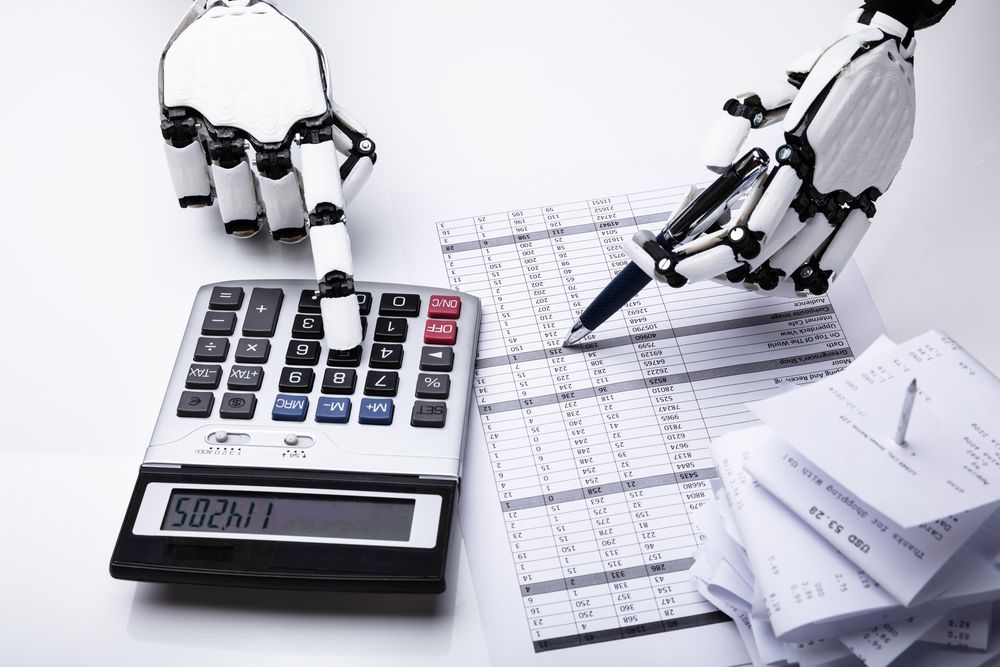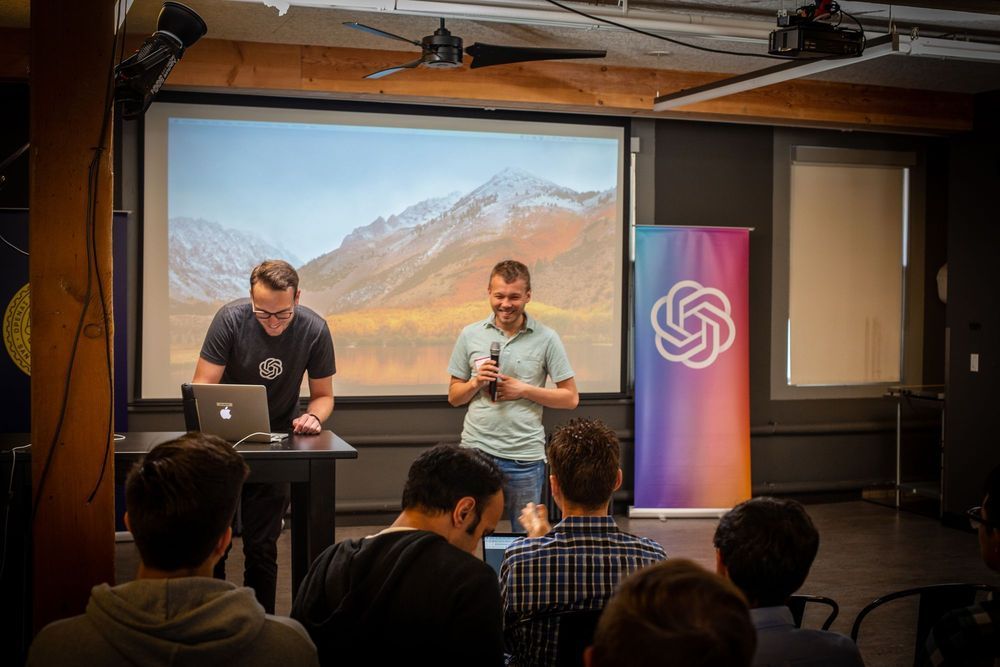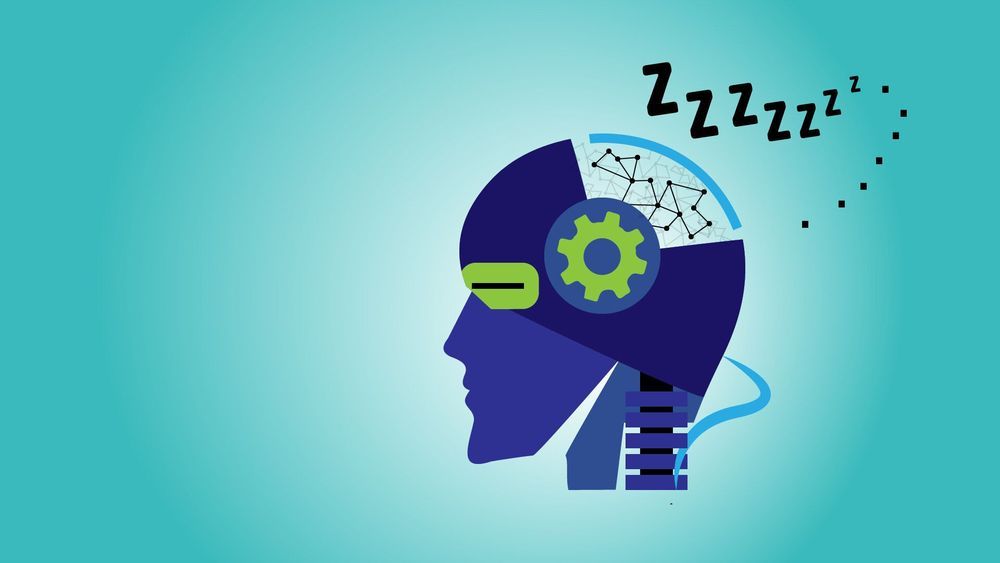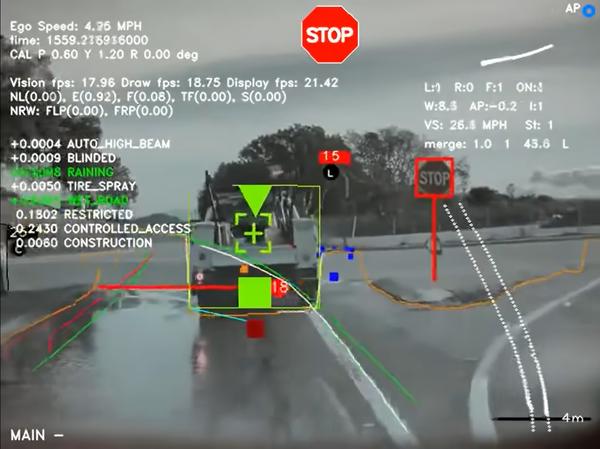The US Air Force wants to pit an autonomous fighter drone against a pilot.
Category: robotics/AI – Page 2,128



AI Transforming The Construction Industry
Construction is one of the oldest professions as people have been building shelters and structures for millennia. However the industry has evolved quite a bit in the way they design, plan, and build structures. For decades, technology has been used in the construction industry to make jobs more efficient and construction projects and structures safer.
In recent years, construction companies have increasingly started using AI in a range of ways to make construction more efficient and innovative. From optimizing work schedules to improving workplace safety to keeping a secure watch on construction facilities, https://www.cognilytica.com/2019/06/26/ai-today-podcast-95-a…struction/ href=https://www.cognilytica.com/2019/06/26/ai-today-podcast-95-ai-use-case-series-ai-in-construction/ rel=“nofollow noopener noreferrer” target=_blank title=https://www.cognilytica.com/2019/06/26/ai-today-podcast-95-ai-use-case-series-ai-in-construction/>AI in the construction industry is already proving its value.

OpenAI & UberAI Proposed A New Method To Neural Architecture Search
Recently, OpenAI collaborated with UberAI to propose a new approach — Synthetic Petri Dish — for accelerating the most expensive step of Neural Architecture Search (NAS). The researchers explored whether the computational efficiency of NAS can be improved by creating a new kind of surrogate, one that can benefit from miniaturised training and still generalise beyond the observed distribution of ground-truth evaluations.
Deep neural networks have been witnessing success and are able to mitigate various business challenges such as speech recognition, image recognition, machine translation, among others for a few years now.
According to the researchers, Neural Architecture Search (NAS) explores a large space of architectural motifs and is a compute-intensive process that often involves ground-truth evaluation of each motif by instantiating it within a large network, and training and evaluating the network with thousands or more data samples. By motif, the researchers meant the design of a repeating recurrent cell or activation function that is repeated often in a larger Neural Network blueprint.

Artificial brains may need sleep too
No one can say whether androids will dream of electric sheep, but they will almost certainly need periods of rest that offer benefits similar to those that sleep provides to living brains, according to new research from Los Alamos National Laboratory.
“We study spiking neural networks, which are systems that learn much as living brains do,” said Los Alamos National Laboratory computer scientist Yijing Watkins. “We were fascinated by the prospect of training a neuromorphic processor in a manner analogous to how humans and other biological systems learn from their environment during childhood development.”
Watkins and her research team found that the network simulations became unstable after continuous periods of unsupervised learning. When they exposed the networks to states that are analogous to the waves that living brains experience during sleep, stability was restored. “It was as though we were giving the neural networks the equivalent of a good night’s rest,” said Watkins.

Symmetries and quantum error correction
It’s always exciting when you can bridge two different physical concepts that seem to have nothing in common—and it’s even more thrilling when the results have as broad a range of possible fields of application as from fault-tolerant quantum computation to quantum gravity.
Physicists love to draw connections between distinct ideas, interconnecting concepts and theories to uncover new structure in the landscape of scientific knowledge. Put together information theory with quantum mechanics and you’ve opened a whole new field of quantum information theory. More recently, machine learning tools have been combined with many-body physics to find new ways to identify phases of matter, and ideas from quantum computing were applied to Pozner molecules to obtain new plausible models of how the brain might work.
In a recent contribution, my collaborators and I took a shot at combining the two physical concepts of quantum error correction and physical symmetries. What can we say about a quantum error-correcting code that conforms to a physical symmetry? Surprisingly, a continuous symmetry prevents the code from doing its job: A code can conform well to the symmetry, or it can correct against errors accurately, but it cannot do both simultaneously.

Robot chef uses machine learning to perfect its omelette-making skills
From robots that flip burgers in California to ones that serve up bratwursts in Berlin, we are starting to see how machines can play sous-chef in kitchens around the world. But scientists at the University of Cambridge have been exploring how these culinary robots might not only do some of the heavy lifting but actually elevate the dining experience for the humans they serve, demonstrating some early success in a robot trained to cook omelettes.
The research project is a collaboration between the University of Cambridge researchers and domestic appliance company Beko, with the scientists setting out to take robotic cooking into new territory. Where robot chefs have been developed to prepare pizzas, pancakes and other items, the team was interested in how it might be possible to optimize the robot’s approach and produce a tastier meal based on human feedback.
“Cooking is a really interesting problem for roboticists, as humans can never be totally objective when it comes to food, so how do we as scientists assess whether the robot has done a good job?” says Dr Fumiya Iida from Cambridge’s Department of Engineering, who led the research.

Tesla Filed Patent ‘Machine learning models operating at different frequencies for autonomous vehicles’
#Tesla #AI
Featured image: Tesla
Tesla has managed to attract the best artificial intelligence specialists to its Autopilot team who are committed to developing software that makes full self-driving possible. The company recently published two patents that relate to improvements in this area.
Tesla Filed Patent ‘Enhanced object detection for autonomous vehicles based on field view’ https://www.tesmanian.com/blogs/tesmanian-blog/patent-enhanc…um=twitter pic.twitter.com/IU6tdaOlH7 — Tesmanian.com (@Tesmanian_com) June 5, 2020